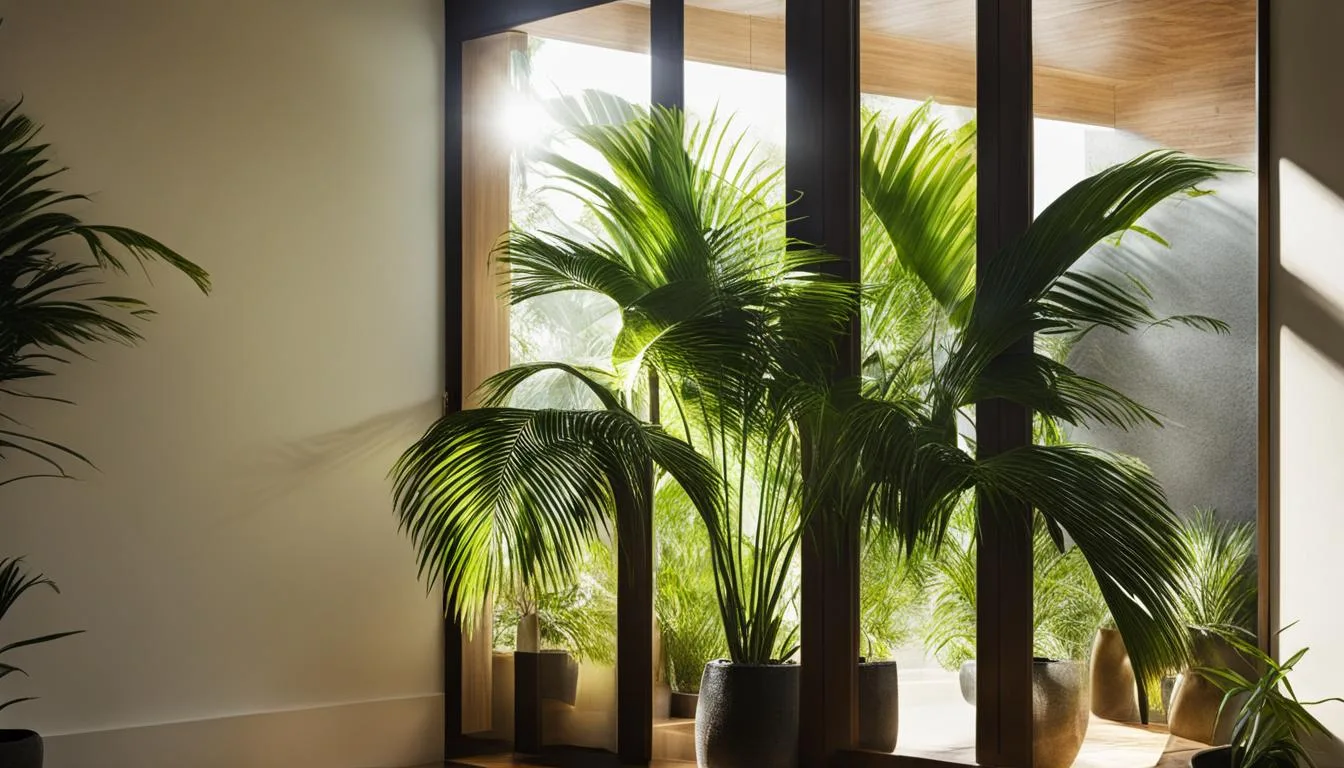
Growing and caring for a lush and vibrant areca palm indoors is a rewarding endeavor. Whether you’re a seasoned plant enthusiast or just starting your indoor gardening journey, providing the right care is essential for the health and longevity of your areca palm.
In this article, I will guide you through the necessary steps and expert tips to ensure successful indoor growth of your areca palm.
Key Takeaways:
- Choosing the right lighting conditions for your indoor areca palm can greatly impact its growth and well-being.
- Proper watering and humidity levels are crucial for maintaining the health of your areca palm indoors.
- Understanding the soil requirements and fertilizing techniques will contribute to the overall vitality of your indoor palm.
- Creating the ideal temperature and environmental conditions is essential for the well-being of your indoor areca palm.
- Regular inspection and proactive pest management will help keep your areca palm free from common pests and diseases.
Understanding the Areca Palm: Plant Type and Characteristics
The areca palm, also known as Dypsis lutescens or butterfly palm, is a popular choice for indoor palm enthusiasts. Native to Madagascar, this palm belongs to the Arecaceae family and is classified as a palm or cycad plant. Its slender trunks and graceful arching fronds create a tropical vibe, making it a visually appealing addition to any indoor space.
The areca palm can reach a height of 7 feet indoors and 30 feet outdoors, with slow to moderate growth. Its soft, fine-textured fronds contribute to its dense and full appearance.
The palm is known for its attractive golden cane or yellow palm color, which adds a touch of vibrancy and elegance to its surroundings. Understanding the plant type and its characteristics is essential in providing the best practices for growing areca palm indoors.
For a visual representation of the areca palm’s plant type and characteristics, refer to the table below:
| Plant Type | Characteristics |
|---|---|
| Palm or Cycad | Slender trunks |
| Graceful arching fronds | |
| Soft, fine-textured leaves | |
| Golden cane or yellow palm color |
Understanding the plant type and characteristics of the areca palm is crucial for providing the best care and ensuring its healthy growth indoors. By following the indoor areca palm care guide, you can create an optimal environment for your palm to thrive.
Light Requirements for Areca Palm Indoors
Providing the right amount of light is crucial for the successful growth of your indoor areca palm. This tropical plant thrives in bright indirect sunlight, as direct sunlight can scorch its delicate leaves.
To meet its light requirements, place your areca palm near a south- or west-facing window where it can receive ample natural light throughout the day. If your indoor space lacks sufficient light, consider moving your palm outside during the warmer months to expose it to diffused sunlight. Remember to bring it back inside before the temperatures drop below 50 degrees Fahrenheit to protect it from cold bursts.
Proper light exposure not only promotes healthy growth but also enhances the vibrant green color of the foliage. If you notice your areca palm’s leaves turning pale or yellow, it may be an indication that it is not receiving enough light.
On the other hand, if the leaves become scorched and brown at the tips, it may be a sign of excessive exposure to direct sunlight. By finding the right balance of light, you can create an optimal environment for your indoor areca palm to thrive.
Light Requirements for Indoor Areca Palm
| Light Intensity | Light Exposure |
|---|---|
| Bright Indirect Light | Place near a south- or west-facing window |
| Diffused Sunlight | Move outside during warm months |
| Low Light | Supplement with artificial grow lights |
It’s important to note that while areca palms can tolerate lower light conditions, prolonged exposure to low light may result in leggy growth and a loss of vibrancy in the foliage. If your indoor space lacks sufficient natural light, you can supplement with artificial grow lights to provide the necessary intensity.
Place the grow lights at an appropriate distance from the palm to mimic the intensity of bright indirect light. Remember to monitor your palm’s response to the artificial light and make adjustments as needed.
Watering and Humidity Requirements for Indoor Areca Palm Care
Proper watering and humidity levels are crucial for maintaining the health and vitality of your indoor areca palm. Adequate watering is essential, but it’s important to find the right balance to avoid overwatering, which can lead to root rot.
Allow the top few centimeters of soil to dry out between waterings, and always check the moisture level before watering. If the soil feels damp, hold off on watering until it has dried out slightly.
In addition to watering, maintaining high humidity is beneficial for your areca palm. This tropical plant thrives in humid environments, so it’s important to provide adequate moisture.
You can increase humidity by misting the leaves with water a few times a week or placing the plant on a tray of moist pebbles. These methods help to create a humid microclimate around the palm, mimicking its natural habitat and promoting healthy growth.
Remember to monitor the moisture levels and adjust your watering and humidity routine as necessary. Each indoor environment is unique, so it’s important to observe your areca palm and make adjustments based on its specific needs. By providing the right watering and humidity conditions, you can ensure the long-term health and beauty of your indoor areca palm.
Watering and Humidity Tips for Indoor Areca Palm Care
| Watering Tips | Humidity Tips |
|---|---|
| Keep the soil moist but not soggy | Mist the leaves a few times a week |
| Allow the top few centimeters of soil to dry out between waterings | Place the plant on a tray of moist pebbles |
| Avoid overwatering to prevent root rot | Monitor humidity levels with a hygrometer |
| Check the moisture level before watering | Create a humid microclimate around the plant |
Tips for Successful Indoor Areca Palm Care
When it comes to caring for your indoor areca palm, there are a few key tips to keep in mind. By following these guidelines, you can ensure that your palm remains healthy and vibrant, adding a touch of tropical beauty to your indoor space.
Lighting:
Proper lighting is essential for the growth of your indoor areca palm. Place it near a south- or west-facing window to provide bright indirect sunlight. Avoid direct sunlight, as it can scorch the leaves. If your space lacks sufficient light, consider moving the palm outside during warmer months to expose it to diffused sunlight.
Watering and Humidity:
When it comes to watering your areca palm, it’s important to find the right balance. Keep the soil moist but not soggy, allowing the top few centimeters to dry out between waterings.
Overwatering can lead to root rot. Additionally, high humidity is crucial for the palm’s health. Mist the leaves a few times a week or place the plant on a tray of moist pebbles to increase humidity levels.
Soil Requirements and Fertilizing:
Areca palms prefer a well-draining, slightly acidic soil. Use a peat-based potting mix for indoor plants and rich soil with good drainage for outdoor palms. Fertilize with a balanced liquid fertilizer during the growing season, following the instructions on the label. Avoid fertilizing during the dormant period in late fall and winter.
Temperature and Environmental Factors:
Maintain average temperatures of 65 to 75 degrees Fahrenheit for your indoor areca palm. Avoid placing it near cold windows, air conditioners, or heat sources, as they can negatively impact its growth.
If you choose to bring your potted palm outdoors, make sure to bring it inside before temperatures drop below 50 degrees Fahrenheit to prevent leaf discoloration.
| Tip | Summary |
|---|---|
| Lighting | Provide bright indirect sunlight, avoid direct sunlight. |
| Watering and Humidity | Keep the soil moist, mist the leaves or use a tray of moist pebbles for increased humidity. |
| Soil Requirements and Fertilizing | Use well-draining, slightly acidic soil and fertilize during the growing season. |
| Temperature and Environmental Factors | Maintain average temperatures and protect the palm from extreme temperature fluctuations. |
Temperature and Environmental Factors for Indoor Areca Palm Care
When it comes to maintaining the health and vitality of your indoor areca palm, it’s crucial to pay attention to the temperature and environmental factors. Providing the right conditions will ensure optimal growth and prevent any potential issues that may arise.
First and foremost, it’s important to note that areca palms thrive in average temperatures between 65 and 75 degrees Fahrenheit. Avoid exposing them to extreme temperatures or dramatic fluctuations, as this can negatively impact their growth. Placing your palm near cold windows, air conditioners, or heat sources should be avoided to prevent any unwanted stress on the plant.
During the summer months, if you choose to bring your potted plants outdoors, make sure to bring them back inside before temperatures drop below 50 degrees Fahrenheit. Sudden cold bursts can cause leaf discoloration and damage the overall health of your areca palm.
| Environmental Factors | Actions to Take |
|---|---|
| Temperature | Maintain average temperatures between 65 and 75 degrees Fahrenheit. Avoid exposure to extreme temperatures or temperature fluctuations. |
| Light | Place your palm near a south- or west-facing window for bright indirect sunlight. Avoid direct sunlight that can scorch the leaves. |
| Humidity | Mist the leaves or place the plant on a tray of moist pebbles to increase humidity levels. |
| Pests and Diseases | Regularly inspect your palm for signs of infestation or disease and take prompt action to treat the problem. |
By maintaining the appropriate temperature and environmental factors, you can ensure that your indoor areca palm thrives and adds a touch of tropical beauty to your home.
Tips for Successful Indoor Areca Palm Care
When it comes to maintaining an areca palm indoors, a few key tips can help ensure its health and vitality. Follow these guidelines to create the optimal environment for your indoor areca palm:
1. Provide Adequate Lighting:
Place your areca palm near a south- or west-facing window to provide bright indirect sunlight. Direct sunlight can scorch the leaves, so it’s important to avoid placing the plant in harsh sunlight. If your indoor space lacks sufficient light, consider moving your palm outside during warm weather to expose it to diffused sunlight.
2. Water Properly:
Maintain soil moisture by watering your areca palm when the top few centimeters of soil feel dry. It’s important to keep the soil moist but not soggy to avoid root rot. Allow excess water to drain away, and empty the saucer beneath the pot to prevent water accumulation.
3. Maintain Optimal Humidity:
Areca palms thrive in high humidity environments. Increase humidity levels by misting the leaves a few times a week or placing the plant on a tray of moist pebbles. This will help prevent the tips of the leaves from turning brown and keep your palm healthy.
| Common Issues | Symptoms | Possible Solutions |
|---|---|---|
| Leaf tip burn | Brown, dry tips of the leaves | Adjust the environment, amend the soil, or adjust watering schedule |
| Yellow leaves | Widespread yellowing of leaves | Reduce direct sunlight exposure or adjust watering schedule |
| Drooping, cracked, or folding leaves | Leaves appear weak or damaged | Increase watering or adjust humidity levels |
By following these tips and addressing common issues promptly, you can maintain a healthy indoor areca palm and enjoy its beauty in your home.
Maintaining an Areca Palm Indoors: Essential Tips for Success
If you want to keep your indoor areca palm healthy and thriving, there are a few key tips to keep in mind. By following these recommendations, you can ensure that your palm continues to beautify your living space and brings a touch of tropical elegance indoors.
Pest Prevention and Management
While areca palms are generally resilient to pests, it’s still important to be proactive in preventing and managing common issues. Regularly inspect your palm for signs of infestation, such as mites, aphids, mealybugs, scale, or whiteflies. If you notice any pests, take immediate action to treat the problem.
Spider mites: Improve air circulation and use sprays containing fatty acids or plant oils to control the infestation.
Mealybugs and scale insects: Wipe off the pests with a damp cloth or cotton swab soaked in an appropriate insecticide.
By being vigilant and addressing pests promptly, you can ensure the health and vitality of your indoor areca palm.
Common Issues and Troubleshooting
Like any plant, indoor areca palms may encounter common issues that can affect their appearance and health. Here are a few troubleshooting tips for addressing these problems:
- Leaf tip burn: Adjust the environment, amend the soil, or modify the watering schedule to resolve this issue.
- Yellowing leaves: Consider if your palm is receiving too much direct sunlight or if it’s not getting enough water.
- Drooping, cracked, or folding leaves: These signs typically indicate insufficient watering. Ensure that you’re providing adequate moisture to your palm.
By understanding these common issues and taking appropriate action, you can help your indoor areca palm thrive.
Pest Prevention and Common Issues
This table provides a summary of common pests and issues in indoor areca palm care, along with corresponding prevention and troubleshooting measures:
| Pests and Issues | Prevention and Management |
|---|---|
| Spider mites, aphids, mealybugs, scale, and whiteflies | Regularly inspect palm, improve air circulation, use appropriate sprays or wipes |
| Leaf tip burn | Adjust environment, amend soil, modify watering schedule |
| Yellowing leaves | Assess sunlight exposure and water levels |
| Drooping, cracked, or folding leaves | Ensure sufficient watering |
By incorporating these practices and tips into your indoor areca palm care routine, you can enjoy a thriving and vibrant palm that adds a touch of natural beauty to your home.
Troubleshooting Common Issues in Indoor Areca Palm Care
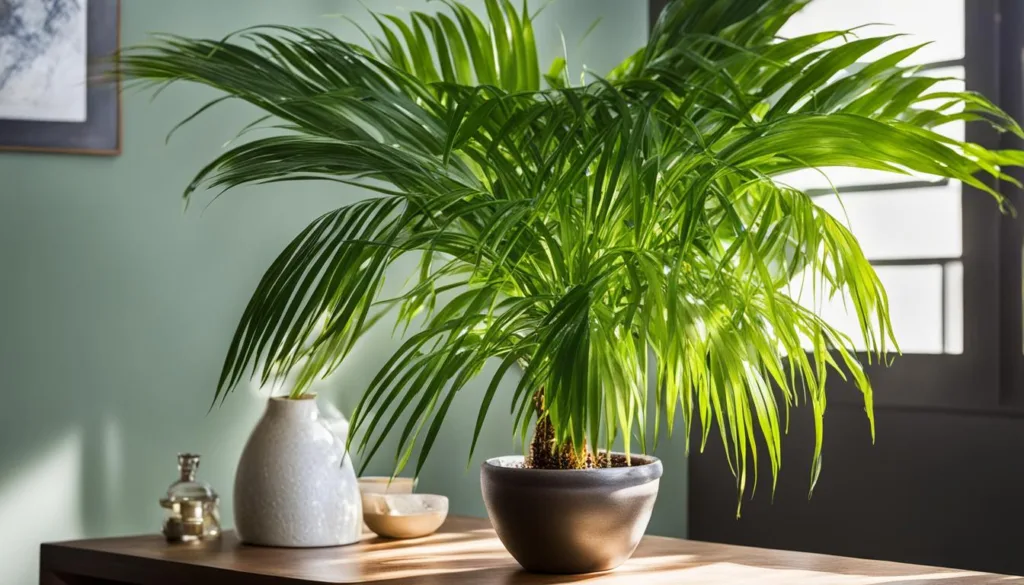
While indoor areca palms are generally low-maintenance, they may encounter some common issues that require attention. Understanding and addressing these problems promptly will help maintain the health and vitality of your palm.
Leaf Tip Burn
Leaf tip burn is a common issue that can occur due to various factors. Chilled air, overwatering, underwatering, poor soil conditions, or compacted roots can all contribute to this problem.
To resolve leaf tip burn, consider adjusting the environment by providing adequate humidity, avoiding drafts, and maintaining consistent temperatures. Additionally, amending the soil with organic matter or adjusting the watering schedule can help rectify the issue.
Yellowing Leaves
If your indoor areca palm’s leaves are turning yellow, it may be a sign of overexposure to direct sunlight or underwatering. Ensure that your palm is not receiving too much intense sunlight, as this can scorch the leaves.
Adjust the position of the plant to a spot with filtered sunlight, or use sheer curtains to diffuse the light. In terms of watering, make sure you are providing sufficient moisture to the soil, allowing the top few centimeters to dry out between waterings.
Drooping, Cracked, or Folding Leaves
Drooping, cracked, or folding leaves can indicate insufficient watering. Areca palms thrive in slightly moist soil, so it’s important to ensure that you are watering your plant adequately. Check the moisture level of the soil regularly and adjust your watering schedule accordingly.
Be cautious not to overwater, as this can lead to root rot. Finding the right balance will help keep your indoor areca palm healthy and vibrant.
By troubleshooting these common issues and providing the necessary care, you can ensure the successful growth and longevity of your indoor areca palm. Paying attention to leaf conditions, adjusting the environment when needed, and practicing proper watering techniques will help your palm thrive in its indoor habitat.
Buying and Sourcing Areca Palms for Indoor Growth
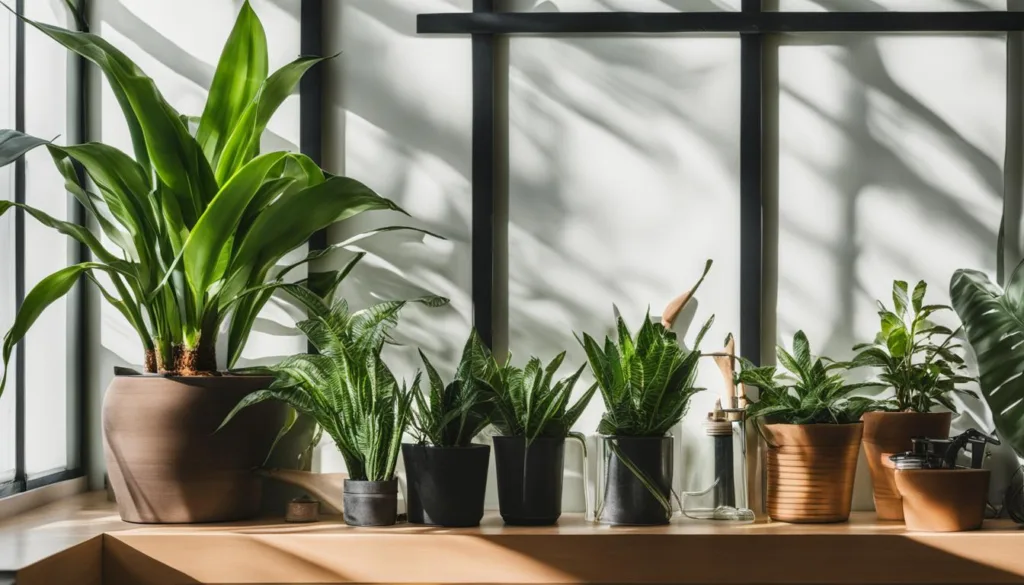
When it comes to buying and sourcing areca palms for indoor growth, there are a few key considerations to keep in mind. Ensuring you choose the right plant and source it from reputable retailers will set you up for success in your indoor palm care journey.
First and foremost, it’s important to select a healthy plant. Look for areca palms with shiny, dark green leaves and no signs of pests or diseases. Inspect the plant thoroughly before purchasing to ensure it is in optimal condition.
As for sourcing, there are various options available. Online retailers like Bloom Box Club, Ikea, and Hortology provide a convenient way to purchase areca palms, offering a wide selection for you to choose from. Additionally, local garden centers and nurseries may also carry areca palms, allowing you to see the plants in person before making a decision.
Consider the size and health of the plant, as well as your specific indoor environment, when selecting an areca palm for indoor growth. With careful consideration and proper sourcing, you can bring home a beautiful and thriving areca palm to adorn your indoor space.
| Online Retailers | Physical Stores |
|---|---|
| Bloom Box Club | Local Garden Centers |
| Ikea | Nurseries |
| Hortology |
Areca Palm Care Summary: Best Practices for Successful Indoor Growth
Ensuring the health and vitality of your indoor areca palm requires attention to various factors. By following these best practices, you can create an optimal environment for your palm to thrive and keep it healthy indoors.
Lighting:
Place your areca palm near a south- or west-facing window to provide bright indirect sunlight. Avoid direct sunlight to prevent leaf scorching. Consider moving your palm outside during warm weather if your indoor space lacks sufficient light.
Watering and Humidity:
Keep the soil moist but not soggy, allowing the top few centimeters to dry out between waterings. Mist the leaves or use a tray of moist pebbles to increase humidity levels. Strike a balance to avoid overwatering and root rot.
Soil and Fertilizing:
Use a well-draining, slightly acidic potting mix for indoor areca palms. Fertilize with a balanced liquid fertilizer during the growing season, following label instructions. Avoid fertilizing during the dormant period in late fall and winter.
Temperature and Environmental Factors:
Maintain average temperatures of 65 to 75 degrees Fahrenheit. Avoid exposing the palm to cold windows, air conditioners, or heat sources. Bring potted palms indoors before temperatures drop below 50 degrees Fahrenheit.
Propagation and Repotting:
Propagate through root division or grow from seeds. Divide mature plants during spring, repotting every few years to refresh the potting mix. This helps maintain the health and vitality of your indoor areca palm.
Common Pests and Diseases:
Regularly inspect your palm for pests such as mites, aphids, mealybugs, scale, and whiteflies. Take prompt action to treat them using appropriate methods. Improve air circulation and use sprays or wipes for effective control.
Troubleshooting Common Issues:
Address leaf tip burn, yellowing leaves, or drooping leaves by adjusting environmental factors, soil condition, or watering schedule. Understanding and resolving these common issues will help keep your indoor areca palm healthy.
Flourishing Indoor Areca Palm Care Made Easy
Growing and caring for an areca palm indoors can be a rewarding experience. I have shared with you the best practices for successful indoor growth, as well as tips for maintaining the health of your areca palm. By following these guidelines, you can create an optimal environment that promotes the vitality and longevity of your indoor palm.
Remember, providing the right lighting conditions is crucial. Place your areca palm near a south- or west-facing window to ensure it receives bright indirect sunlight. Avoid direct sunlight, as it can scorch the leaves. If your indoor space lacks sufficient light, consider moving your palm outside during warm weather to expose it to diffused sunlight.
In addition to proper lighting, adequate watering and humidity levels play a significant role in areca palm care. Keep the soil moist but not soggy, allowing the top few centimeters to dry out between waterings.
Increase humidity levels by misting the leaves or placing the plant on a tray of moist pebbles. This will help create the ideal conditions for your palm’s health.
To maintain the overall health of your areca palm, it’s essential to fertilize it during the growing season. Use a balanced liquid fertilizer according to the instructions on the label. Repotting every few years will also refresh the potting mix and remove fertilizer salt deposits.
By following these indoor palm care tips and implementing the best practices for growing areca palm indoors, you can enjoy a flourishing and healthy palm as a beautiful addition to your home. With a little attention and care, you can master the art of indoor areca palm care and create a thriving indoor plant life.
FAQ
What lighting conditions are best for indoor areca palms?
Areca palms require bright indirect sunlight. Placing them near a south- or west-facing window will provide the necessary light exposure. However, it’s important to avoid direct sunlight as it can scorch the leaves.
How often should I water my indoor areca palm?
It’s important to keep the soil moist but not soggy. Allow the top few centimeters of soil to dry out between waterings. Overwatering can lead to root rot, so it’s essential to strike a balance.
How can I increase humidity for my indoor areca palm?
Misting the leaves a few times a week or placing the plant on a tray of moist pebbles can increase humidity levels and promote a healthy environment for your areca palm.
What type of soil is best for indoor areca palms?
Areca palms prefer a well-draining soil that is slightly acidic. A peat-based potting mix is ideal for potted indoor plants, while outdoor palms thrive in rich soil with good drainage.
How often should I fertilize my indoor areca palm?
Use a balanced liquid fertilizer during the growing season, following the instructions on the label. However, it’s important to avoid fertilizing during the dormant period in late fall and winter.
What temperature range is suitable for indoor areca palms?
Areca palms thrive in average temperatures of 65 to 75 degrees Fahrenheit. It’s important to avoid placing the plant near cold windows, air conditioners, or heat sources, as these can negatively impact its growth.
How can I propagate my indoor areca palm?
Areca palms can be propagated through root division or grown from seeds. Root division is a faster method and can be done at any time. To divide by root division, choose a mature plant with multiple stems and separate the stems with a sharp knife.
How do I handle pests and diseases in my indoor areca palm?
Areca palms are generally resilient to pests and diseases, but common houseplant pests such as mites, aphids, mealybugs, scale, and whiteflies can be a concern. Regularly inspect your palm for any signs of infestation and take prompt action to treat the problem.
My indoor areca palm’s leaves are turning yellow. What could be the issue?
Widespread yellow leaves may indicate overexposure to direct sunlight or underwatering. Assess the lighting and watering conditions to address the issue and promote healthy growth.
Where can I buy an areca palm for indoor growth?
You can source areca palms for indoor growth from various online retailers and garden centers such as Bloom Box Club, Ikea, and Hortology. When buying, choose a healthy plant with shiny, dark green leaves and no signs of pests.
What are the key practices for successful indoor areca palm care?
Successful indoor areca palm care involves providing the right lighting, watering, humidity, temperature, soil conditions, fertilizing, propagation, pest and disease management, and troubleshooting common issues. By following these practices, you can ensure the longevity and vitality of your indoor areca palm.

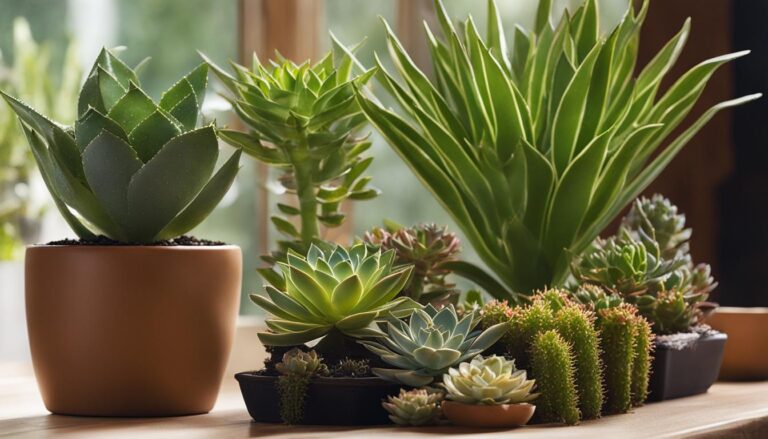
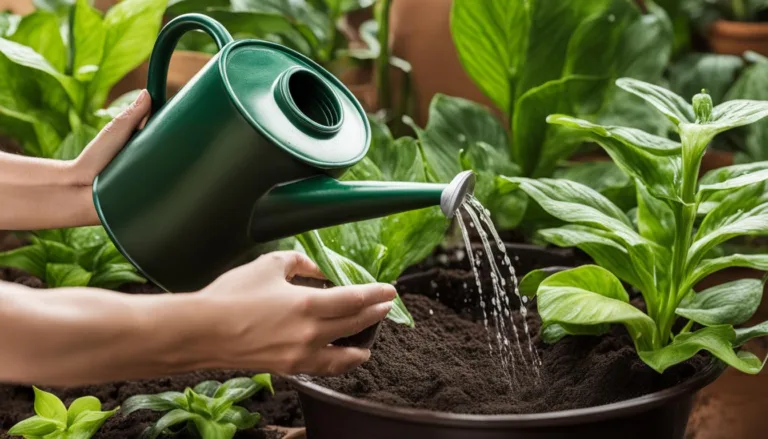
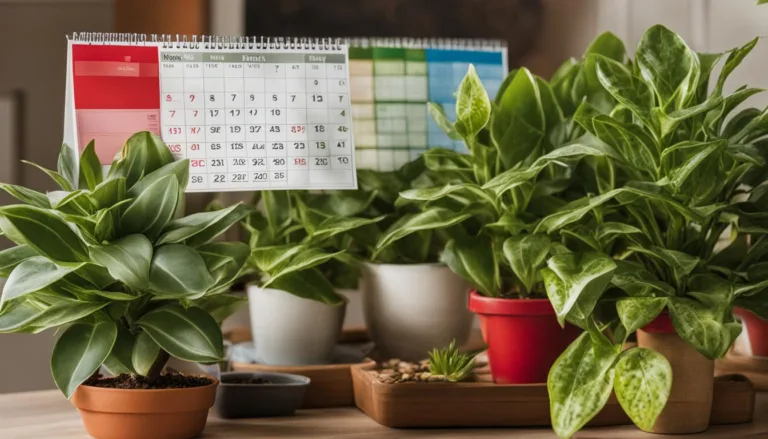
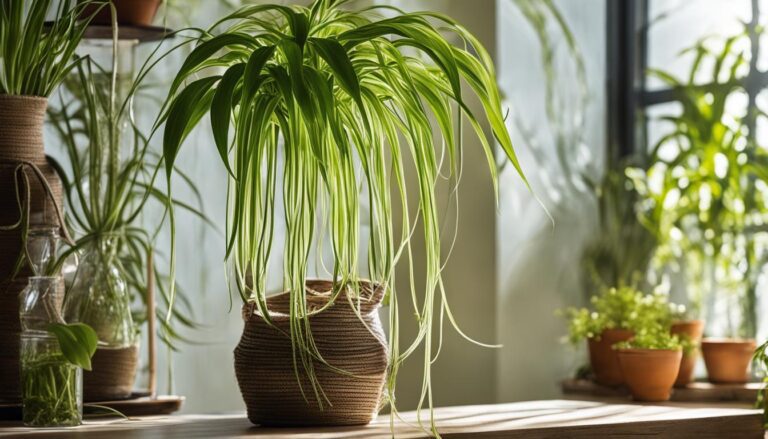
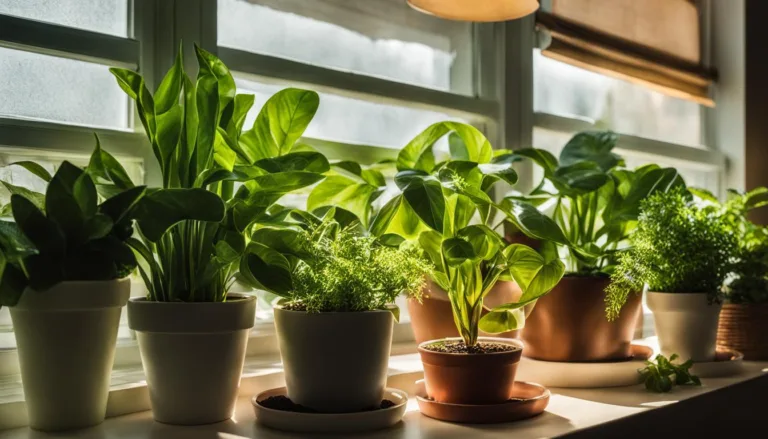
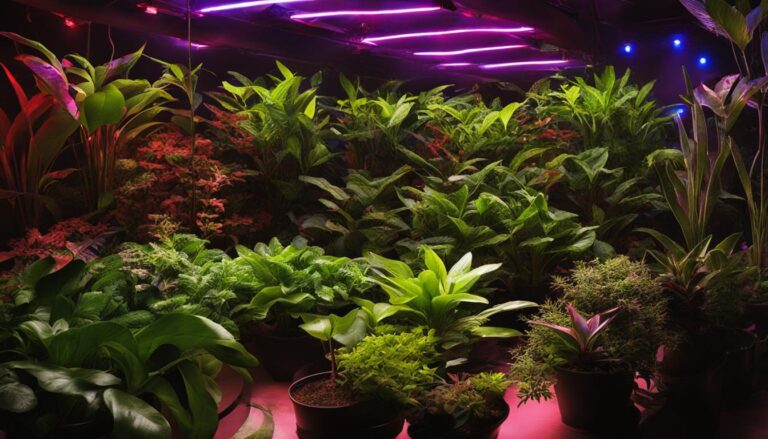
Thanks to the high-quality content and the administrator’s active involvement, the site’s reputation will undoubtedly improve soon.
obviously like your website but you need to test the spelling on quite a few of your posts Several of them are rife with spelling problems and I to find it very troublesome to inform the reality on the other hand Ill certainly come back again
I have been struggling with this issue for a while and your post has provided me with much-needed guidance and clarity Thank you so much
I appreciate how well-researched and detailed your posts are It’s evident that you put a lot of time and effort into providing valuable information to your readers
Great post! I really enjoyed reading it. Thanks for sharing.